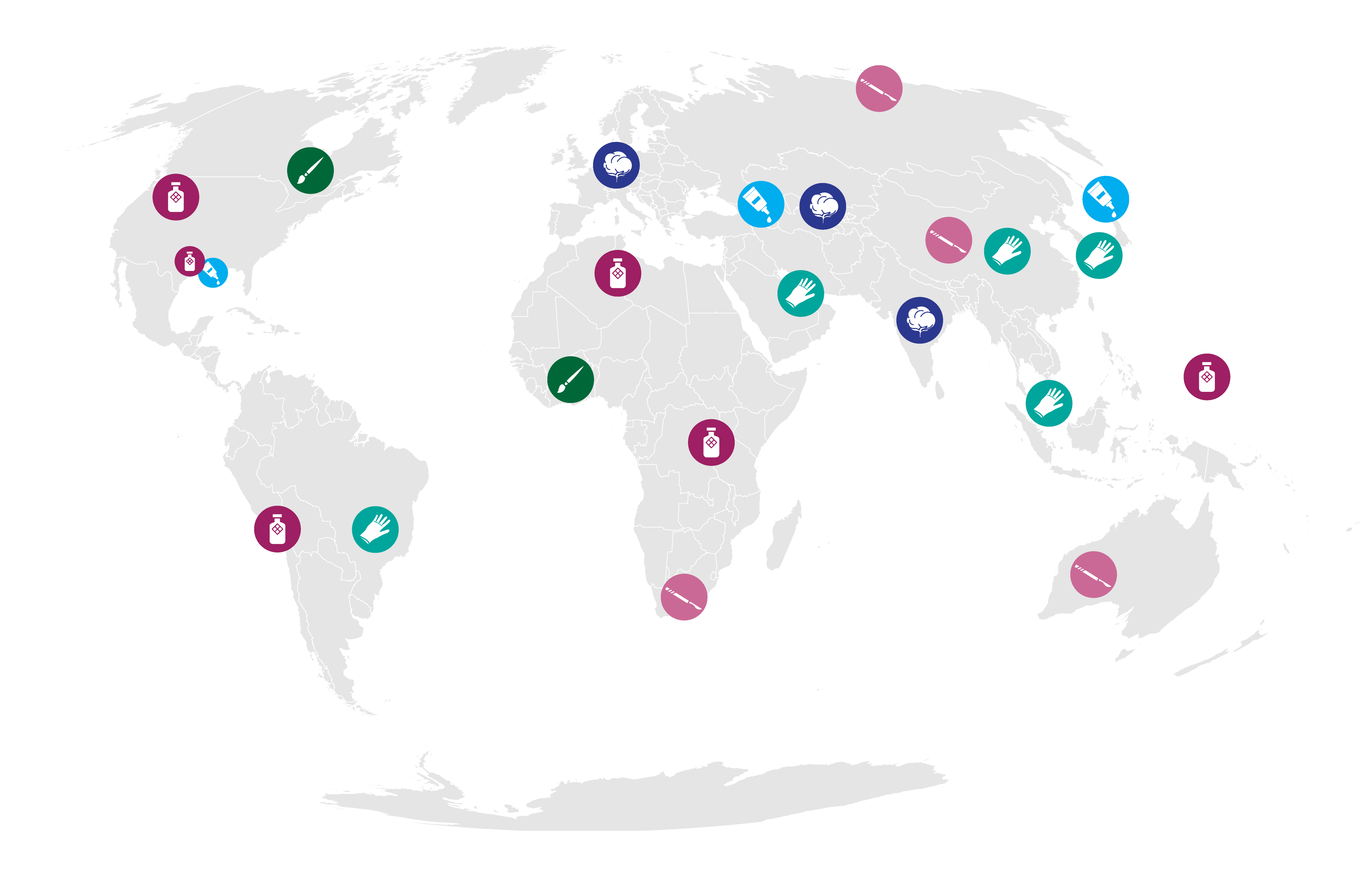Global Resources: Origins, Transport, and Industry
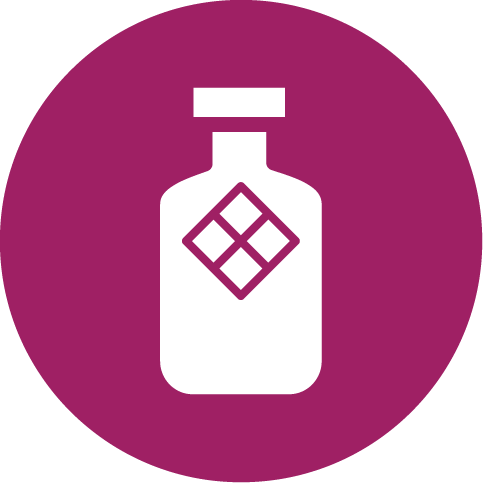
Acetone
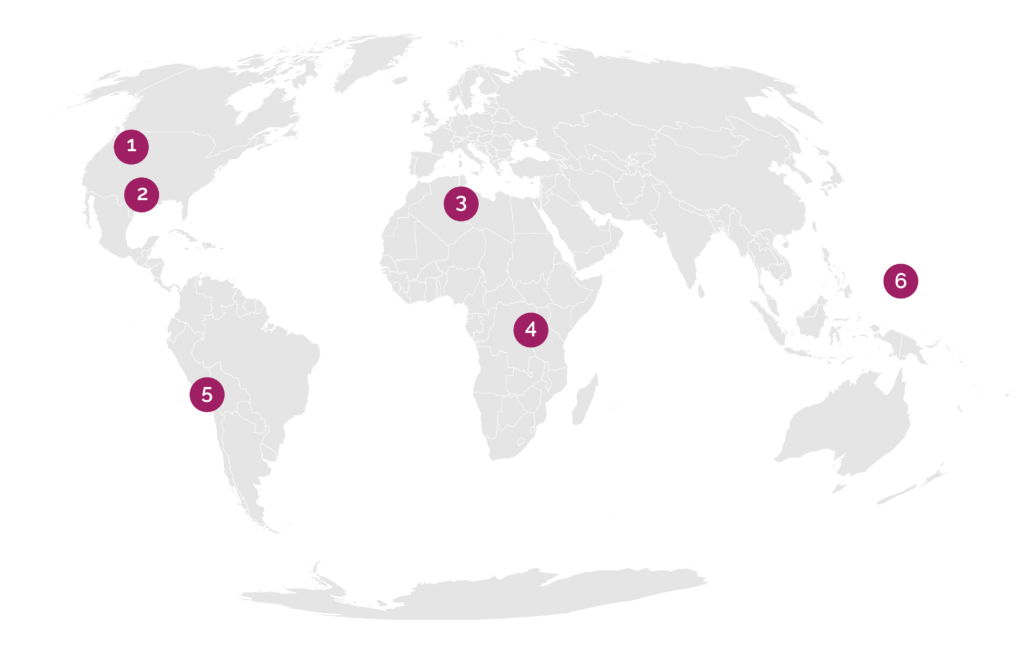

1. Most US coal is mined in the Powder River Basin, WY. Coal travels by train and accounts for 25% of all US train freight.

2. The center of the US petrochemical industry is Houston, TX. The solvent, acetone, is made from cumene, produced from coal tar, which is made from coal.

3. Glass is produced from silica sand, soda ash, and limestone. North Africa is a major exporter of silica sand, a main component of glass bottles.

4. Tantalum is a vital element for industrial furnaces, necessary for processing chemicals. Rwanda is the world’s largest producer.

5. Deionizing water is electricity intensive. Our global electrical system is built from copper. Nearly half is mined in the Andes mountains in Peru and Chile. Copper processing is water-intensive, which can be challenging in these arid areas.

6. Chemicals are transported by pipeline, tanker truck, or barge.
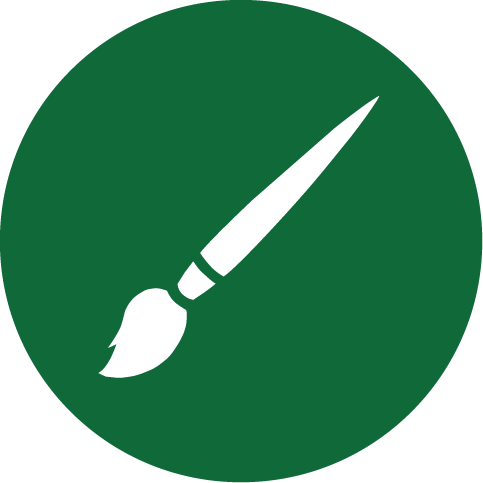
Brush
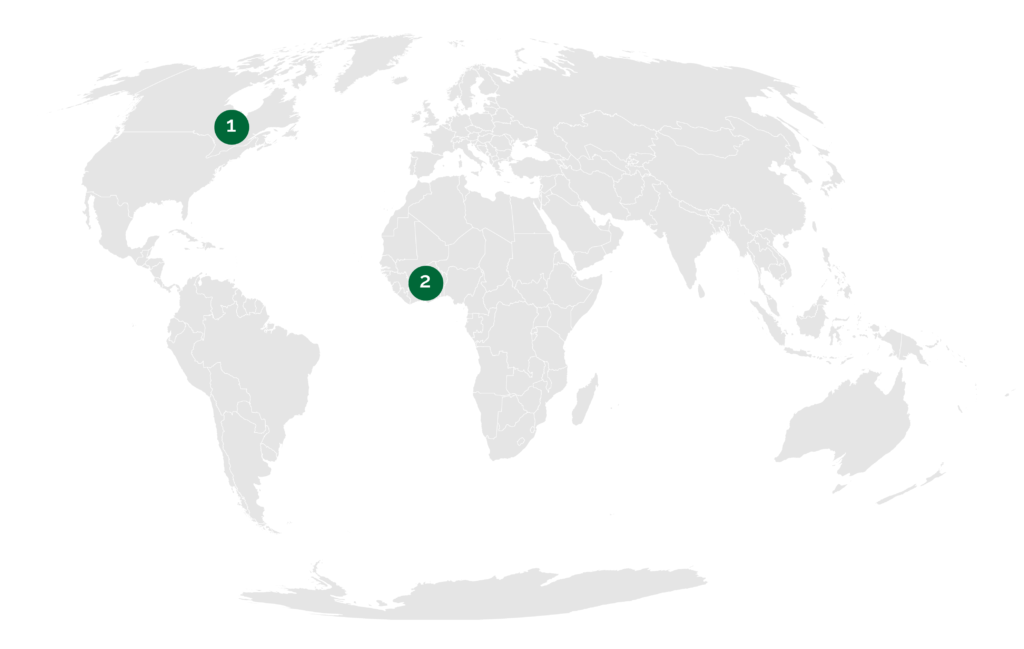


2. Brush handles are typically made from hardwood, which is harvested from West African forests, among the most biodiverse places on Earth. Logging for tropical hardwood threatens these ecosystems.
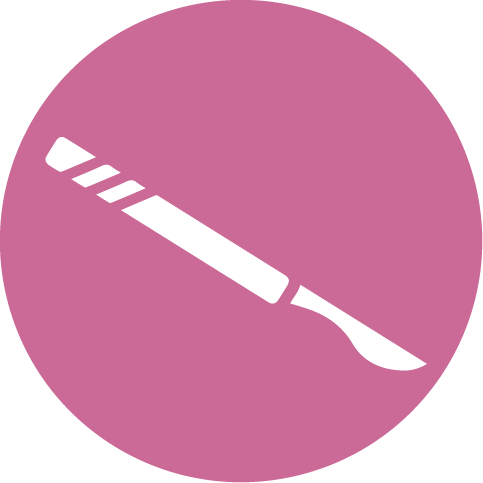
Scalpel
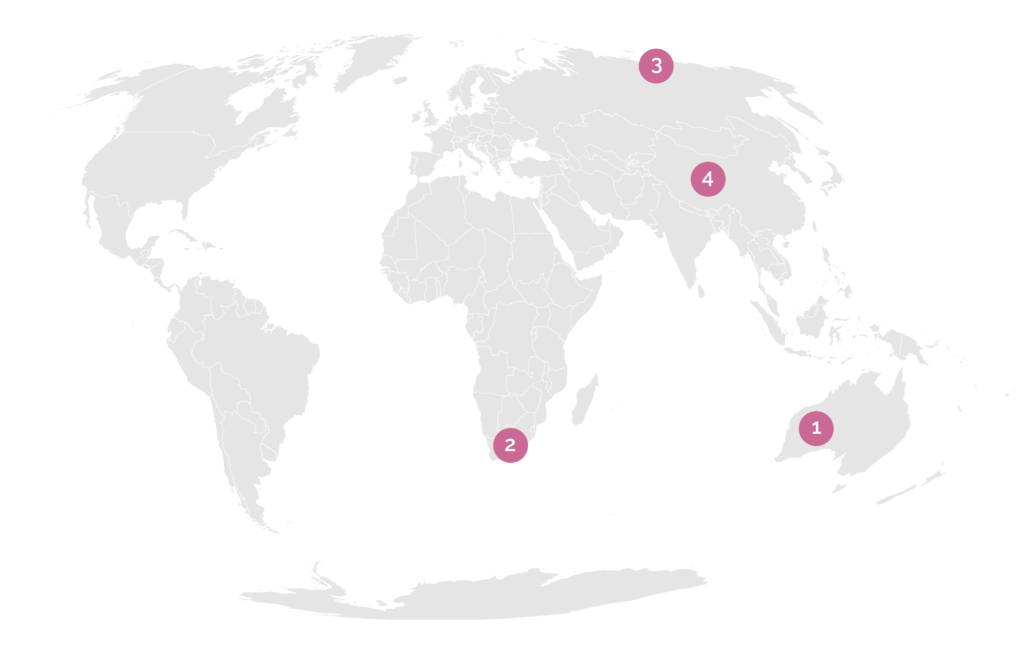
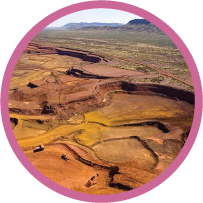
1. Iron ore mined in Western Australia is exported, especially to Asia.
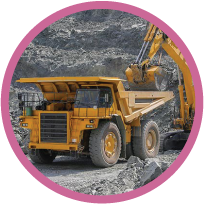
2. Stainless steel is an alloy, and various elements are added to iron to give steel different properties. One important alloying element is chromium, large deposits of which are found in South Africa.
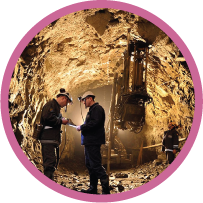
3. Many stainless steels also rely on nickel, which is heavily mined in Norilsk, Siberia.
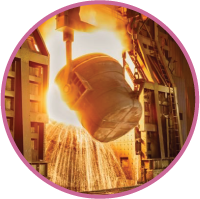
4. China is the largest steel producer in the world, by far – more than all other countries combined.
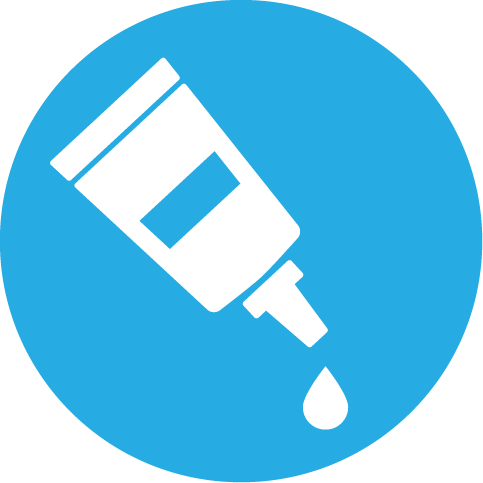
Glues
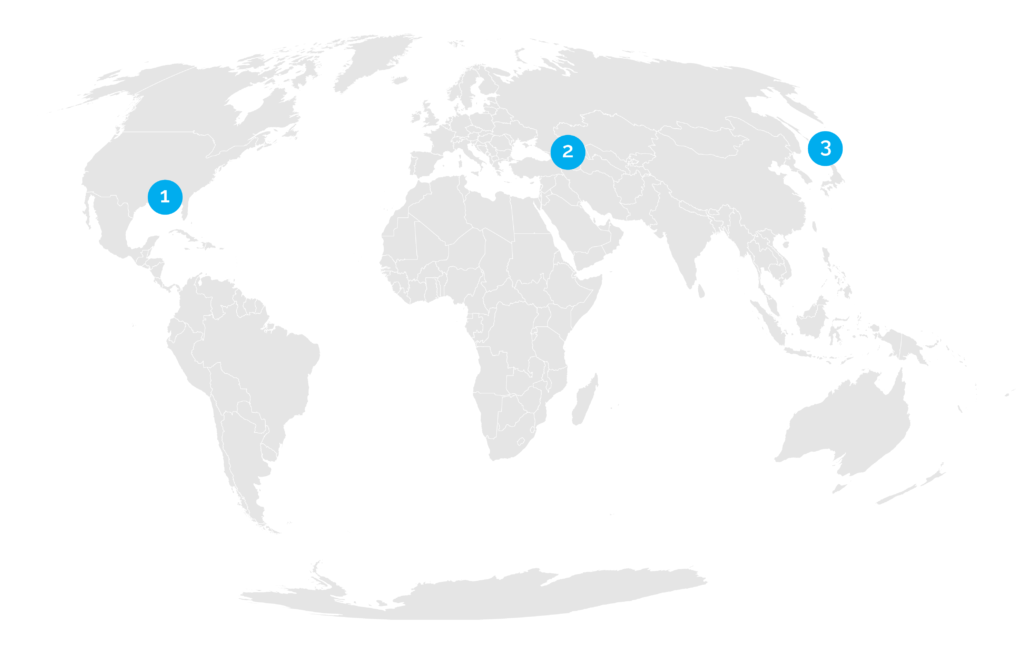
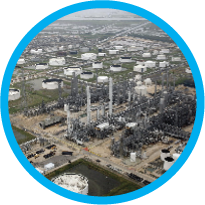
1. Acetone is a main input for acrylate polymers like B-72, an adhesive. (See Acetone #2 for more information).
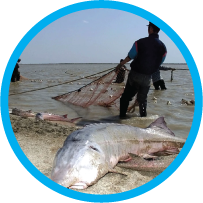
2. Sturgeon glue is made from swim bladders of fish, primarily from the Caspian Sea. All 27 species of sturgeon are on the IUCN’s Red List.
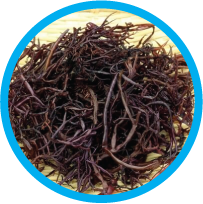
3. Funori has been harvested in Japan for centuries, often gathered manually from rocky shorelines.
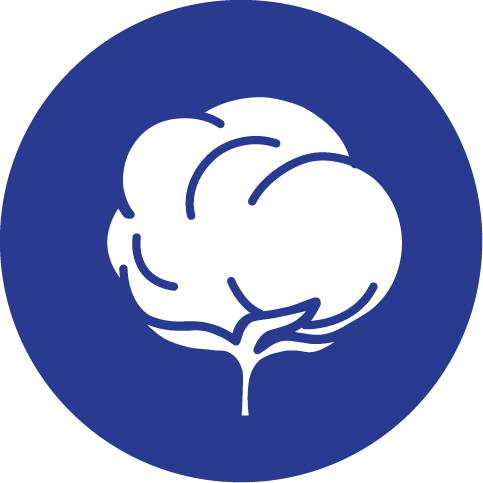
Cotton
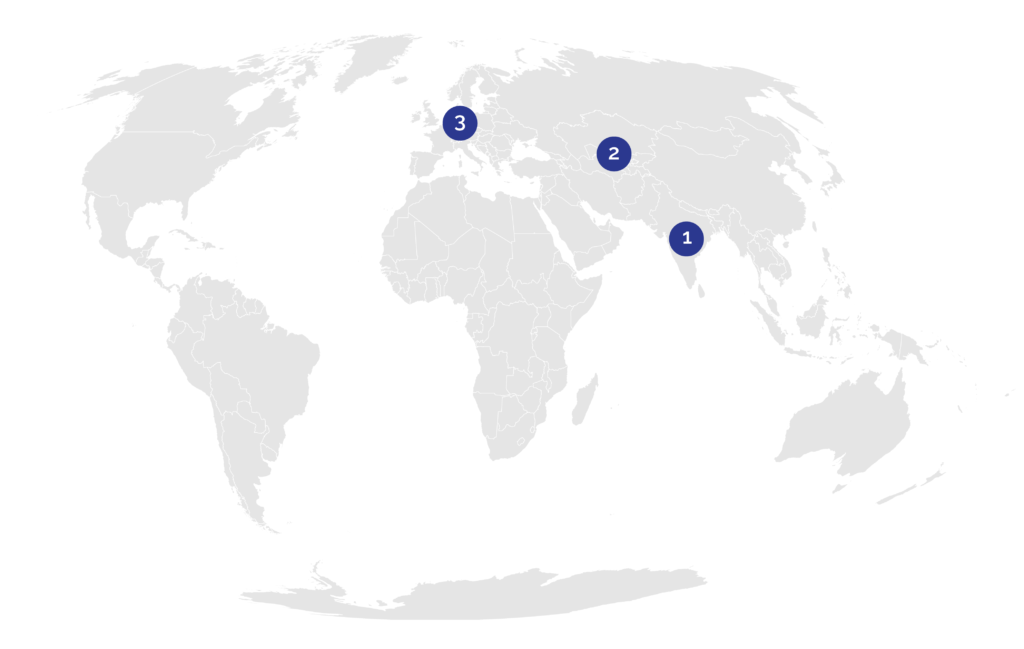
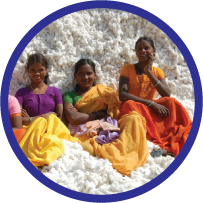
1. India is the world’s largest producer of raw cotton, much of it collected manually.
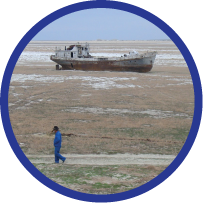
2. Uzbekistan developed as a major cotton producer in the Soviet era. Water from the Amu Darya and Syr Darya rivers was diverted to cotton fields, leading to the near- disappearance of the Aral Sea, once the world’s 4th largest inland body of water.
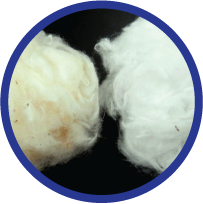
3. BASF in Germany invented the modern process for synthesizing hydrogen peroxide used to bleach cotton wool.
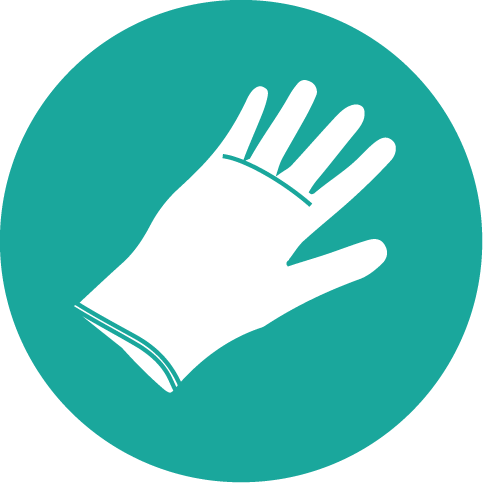
Gloves
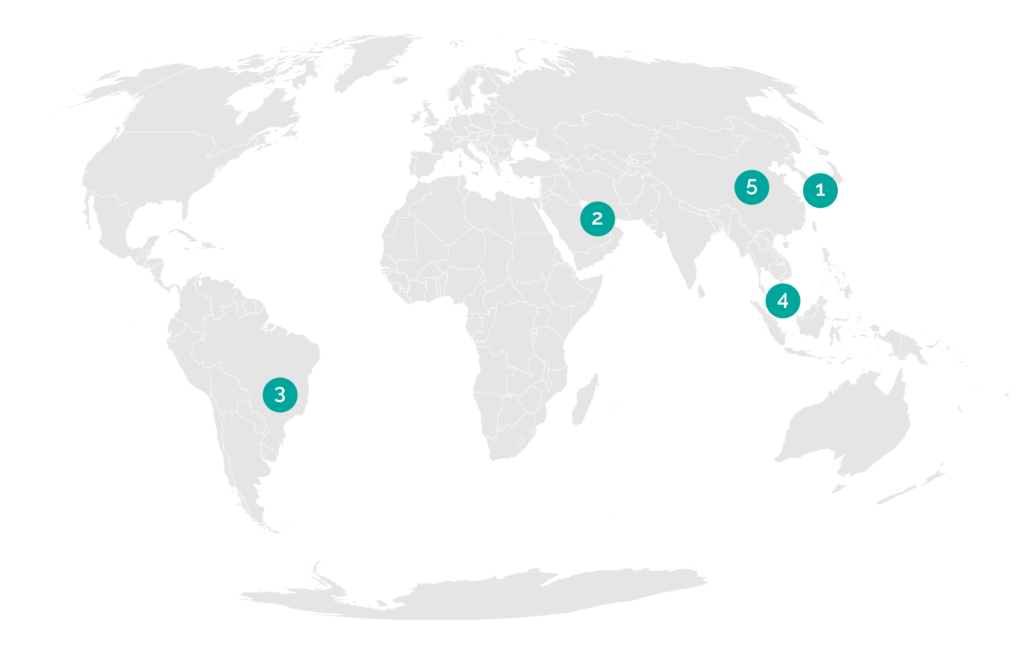
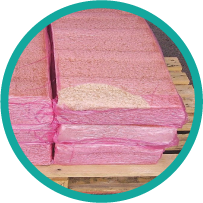
1. Nitrile is made from acrylonitrile butadiene rubber, a synthetic material produced in large amounts in S. Korea and Japan.
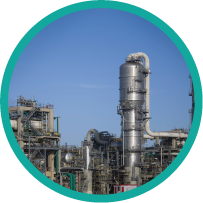
2. Crude oil is the starting point for most petro-chemicals. This complex in Abu Dhabi is used to ‘crack’ oil into smaller molecules, like butadiene.
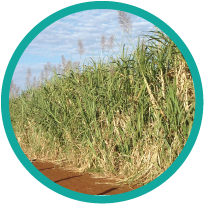
3. Bio-based nitrile relies on rubbers synthesized from bio-ethanol, whose production is concentrated in Brazil from fermenting sugarcane.
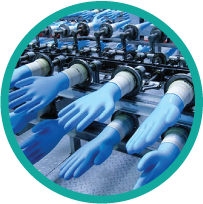
4. 60% of the global supply of nitrile gloves comes from Malaysia.
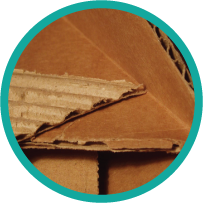
5. Gloves are packaged in containerboard, of which China is the #1 producer.

